a light-hearted comment about the dangers of the roads in the rain:
Then I thought: "No, don't do that"
I thought I would send an open comment to all the pedestrians out in the rain (Not that they should be reading social media whilst out on the roads, in the rain).
I thought I would remind them that most drivers are very conscious about road safety, especially in adverse conditions. This just a reminder that whilst we are doing what we can to keep everything safe, other road users also need to think about safety.
Please give us a chance to help keep you safe, by making the effort to look up or around the edge of the hood that you have pulled up, please peer out from underneath the umbrella you might have pulled down as far as possible, please don't turn up the volume of your ipod so much that you drown out (pun intended) the noise of approaching vehicles. Please don't shelter out of sight as well as the rain, and then just "leg it" straight across the roads without looking.
I am sure that lying in the road puddles will get you wetter and colder, and spoil your day more, than just taking a moment to check that it really is safe to venture out onto the roads in this horrible weather. So, don't let yourself get hit by a vehicle.. it will spoil everybody's day. Even the Ambulance Crews and Police don't like driving or attending a casualty in the rain.
Everybody, please take your time, and play your part in keeping the British roads as safe as you can.
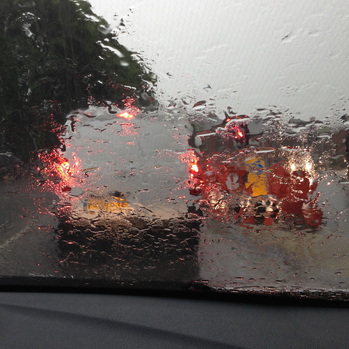
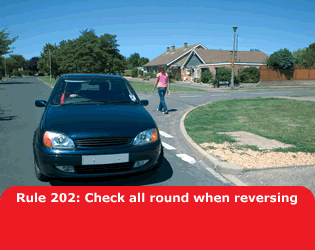
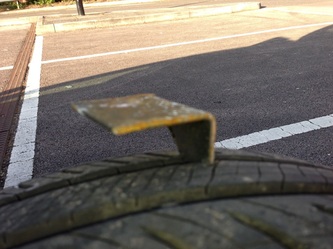
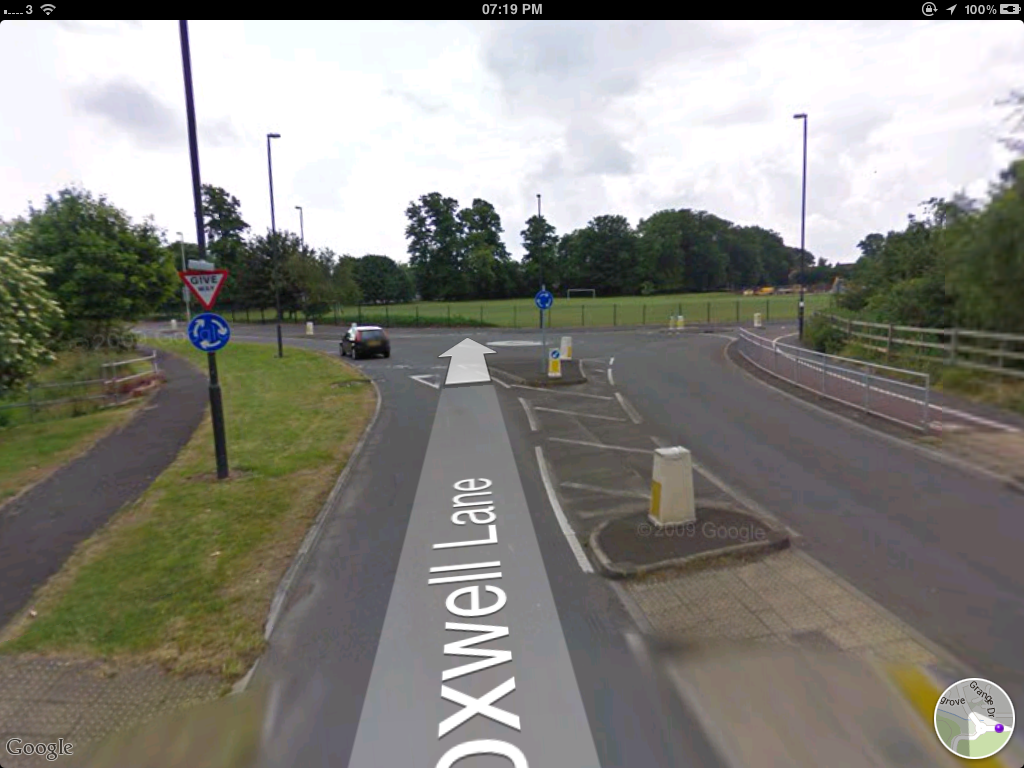
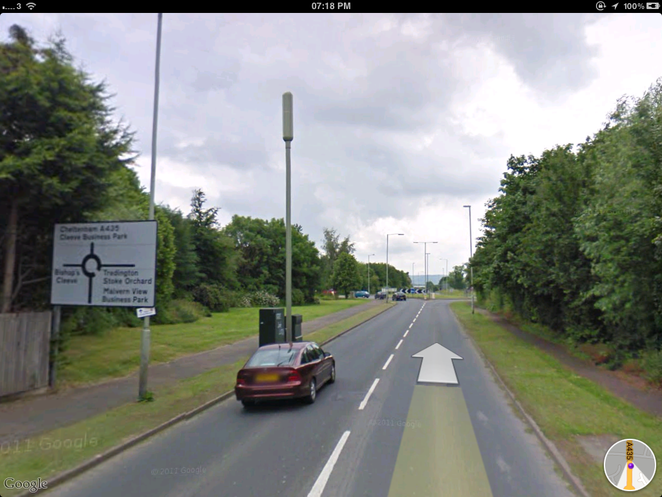
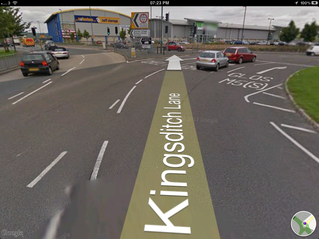
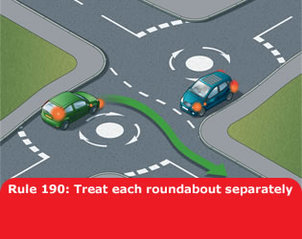
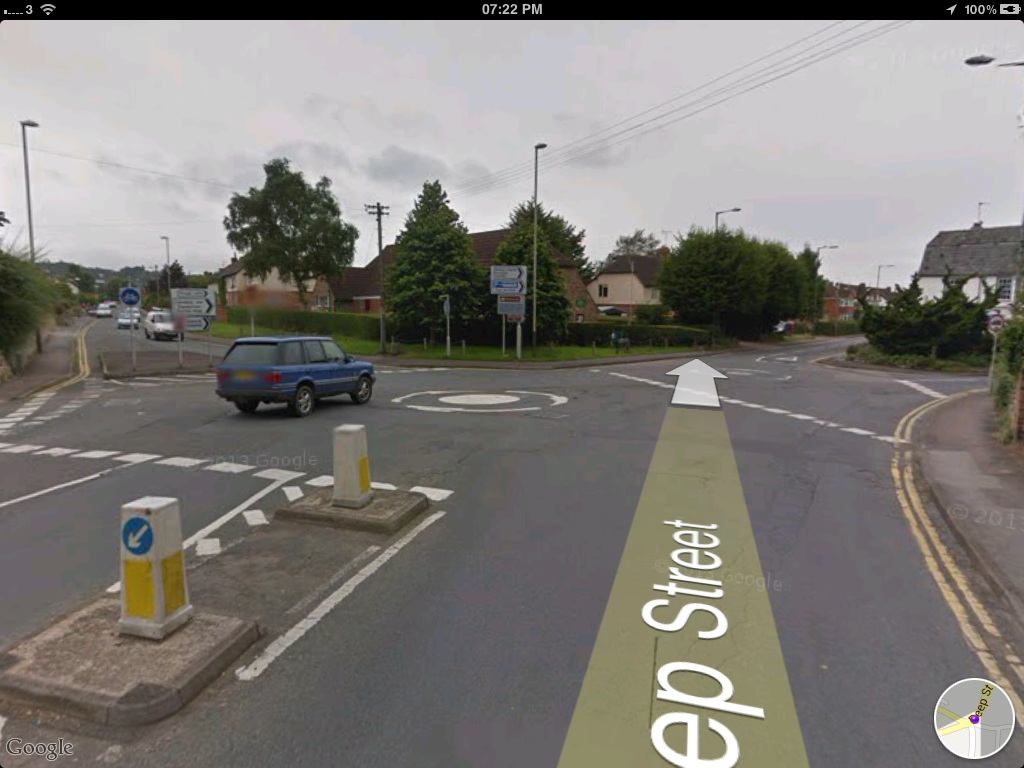
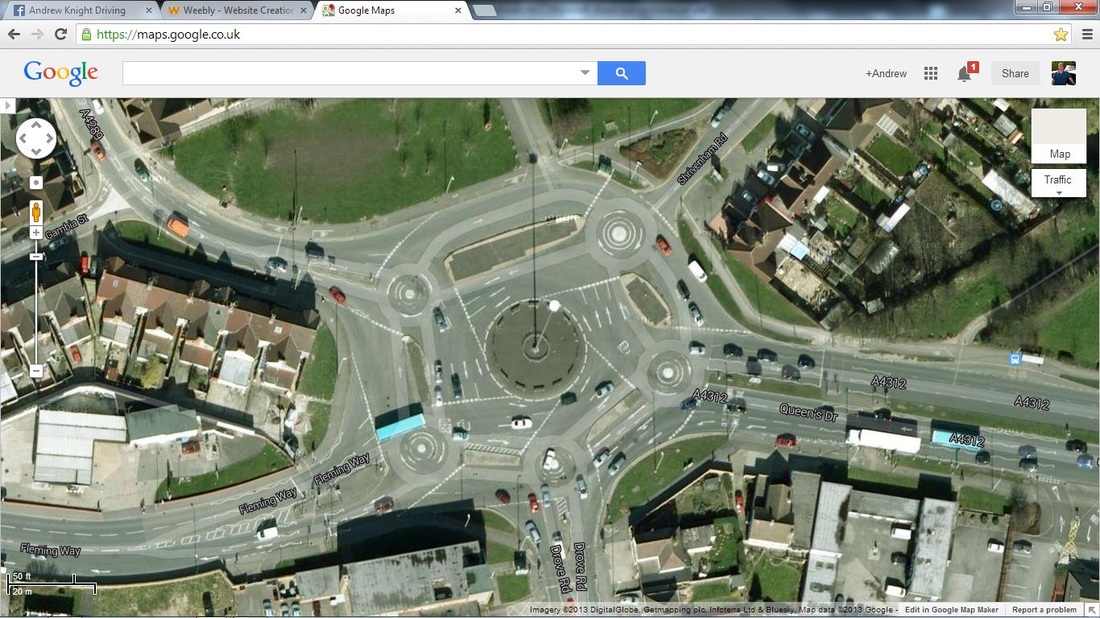
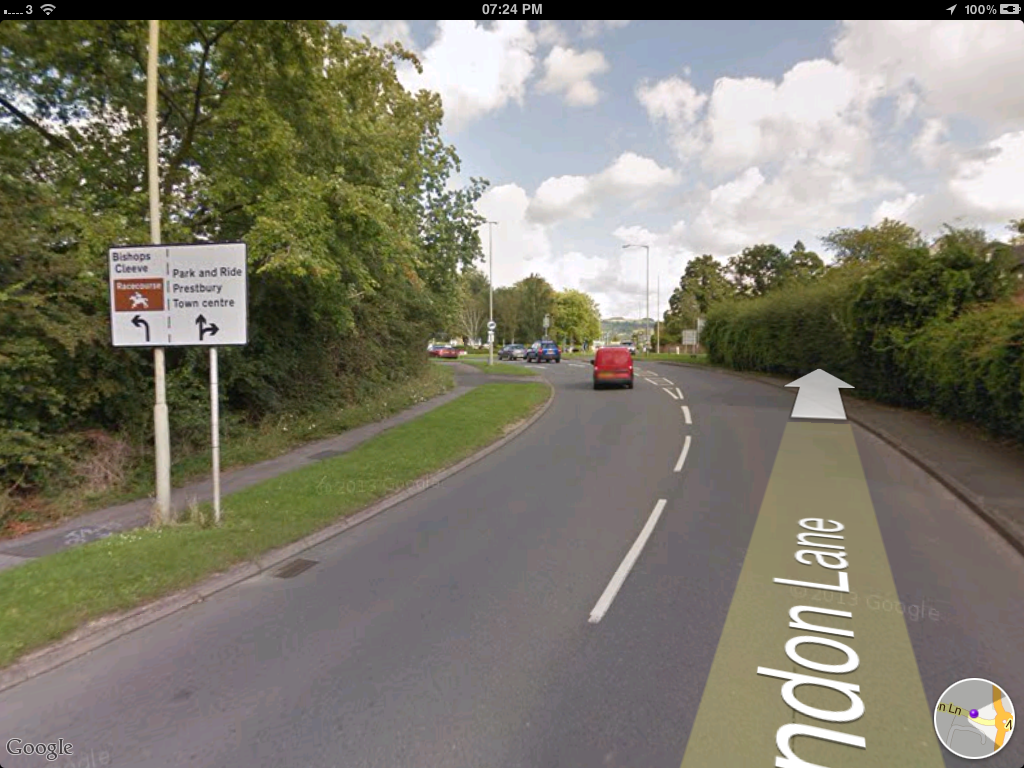
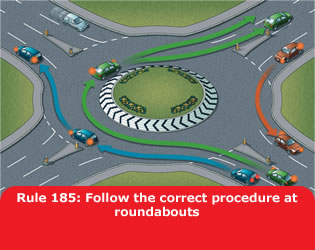
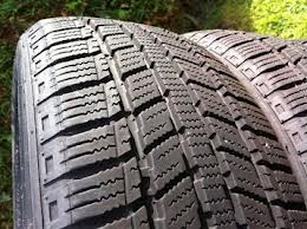
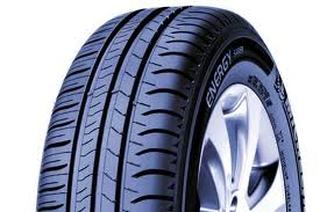
 RSS Feed
RSS Feed